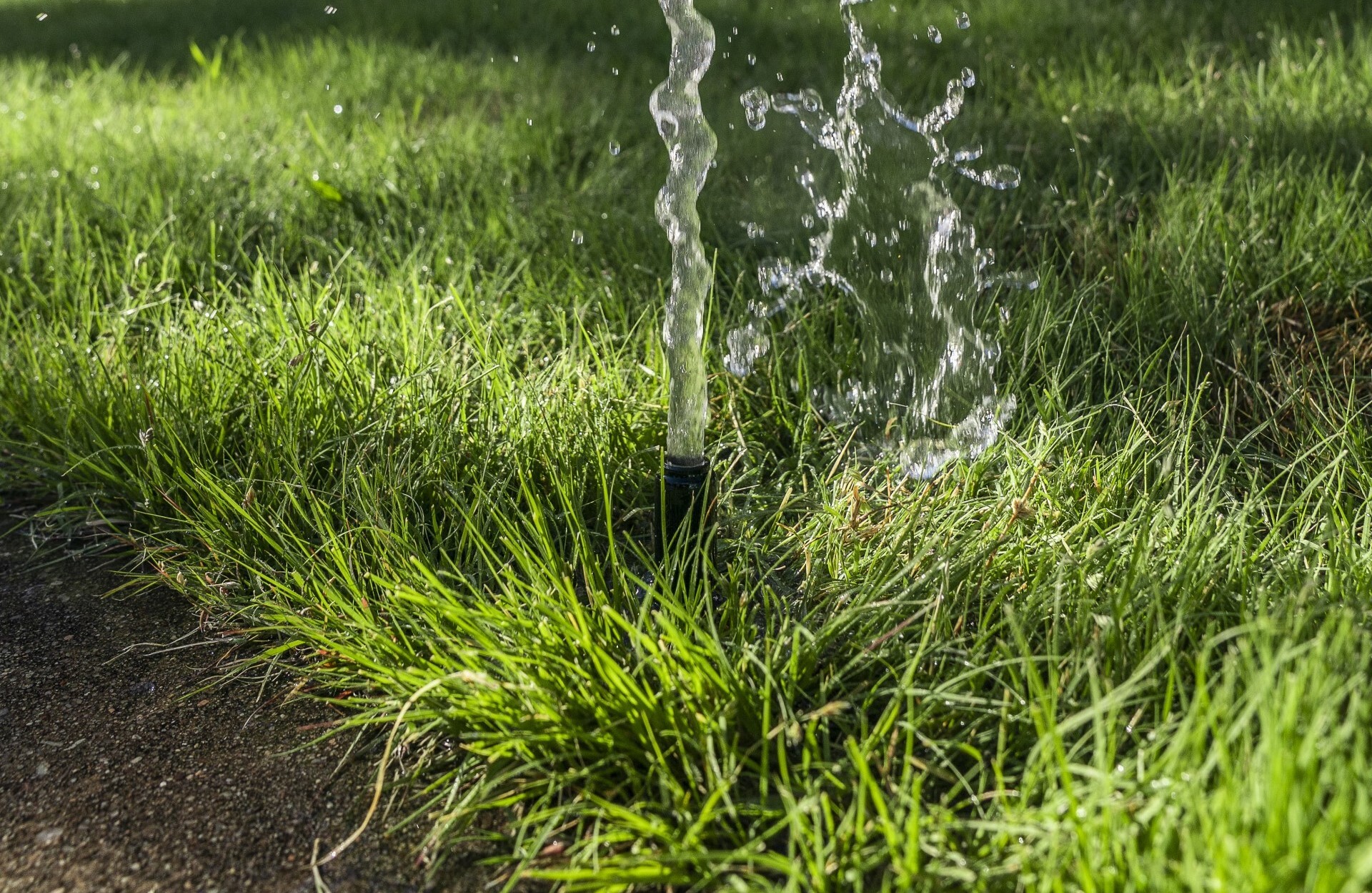Water leak adjustment
If you find and fix a leak, you may quality for an adjustment to your bill. To be eligible, a form and documentation of repairs must be received within 60 days of the due date listed on your bill for the period in which the leak occurred. We must confirm the water leak and determine the amount of the leak.
- Collapsible Section?: Upon receiving a completed Water Leak Adjustment Form, and any necessary documentation, we will review the billing history and consumption data to determine the typical amount of water that passes through the customer’s water meter. Upon approval, we will adjust the charges billed to the customer for water services for the time period covering the water leak, for up to two billing periods and for up to one-half of the leak volume of water. Water leak adjustments are limited to two per premise in any three-year period.
Check Your Water Meter

This should be the first step in checking for a leak. A water meter is typically located in a utility room or crawl space. In older homes, it may be found in a pit outside the house.
Look for a small cog or triangle on the meter. If you see it spinning while no water is being used inside the house, it's a strong indication that you have a leak.
Common Places for Leaks:
Toilets - the most frequent culprit is a silent, continuously running toilet:
- Turn the water supply off to each toilet individually, then check the water meter to see if the cog has stopped spinning. If it has, you've found the leaking toilet.
- Test for a leak: Lift the toilet tank lid and add a few drops of food coloring. Wait 15 minutes without flushing. If there is color in the bowl, you have a flapper leak.
- Ensure the water is below the black overflow tube in the center of the toilet tank.
- The most common fixes are replacing the flapper and fill valve.
Irrigation System - These leaks can be substantial and hard to find:
- Turn off the water supply (not just the controller) to the sprinkler system, then check the water meter to see if the cog has stopped spinning. If it has, your sprinkler system is leaking.
- Check your valve boxes for standing water. You may have multiple on your property, typically covered with green lids.
- Turn on each zone of your system one at a time. Observe the sprinklers and drip lines for water running where it shouldn’t.
- Look for wet spots, pooling water, or unusually soggy patches in your yard.
Sinks, Showers, Water Heaters, and Garden Hose Spigots: Check these areas for obvious leaks.
Basement and Crawl Spaces: Look for signs of moisture or leaks, especially near pipes and water heaters.
Check Your Water Meter

This should be the first step in checking for a leak. A water meter is typically located in a utility room or crawl space. In older homes, it may be found in a pit outside the house.
Look for a small cog or triangle on the meter. If you see it spinning while no water is being used inside the house, it's a strong indication that you have a leak.
Common Places for Leaks:
Toilets - the most frequent culprit is a silent, continuously running toilet:
- Turn the water supply off to each toilet individually, then check the water meter to see if the cog has stopped spinning. If it has, you've found the leaking toilet.
- Test for a leak: Lift the toilet tank lid and add a few drops of food coloring. Wait 15 minutes without flushing. If there is color in the bowl, you have a flapper leak.
- Ensure the water is below the black overflow tube in the center of the toilet tank.
- The most common fixes are replacing the flapper and fill valve.
Irrigation System - These leaks can be substantial and hard to find:
- Turn off the water supply (not just the controller) to the sprinkler system, then check the water meter to see if the cog has stopped spinning. If it has, your sprinkler system is leaking.
- Check your valve boxes for standing water. You may have multiple on your property, typically covered with green lids.
- Turn on each zone of your system one at a time. Observe the sprinklers and drip lines for water running where it shouldn’t.
- Look for wet spots, pooling water, or unusually soggy patches in your yard.
Sinks, Showers, Water Heaters, and Garden Hose Spigots: Check these areas for obvious leaks.
Basement and Crawl Spaces: Look for signs of moisture or leaks, especially near pipes and water heaters.




